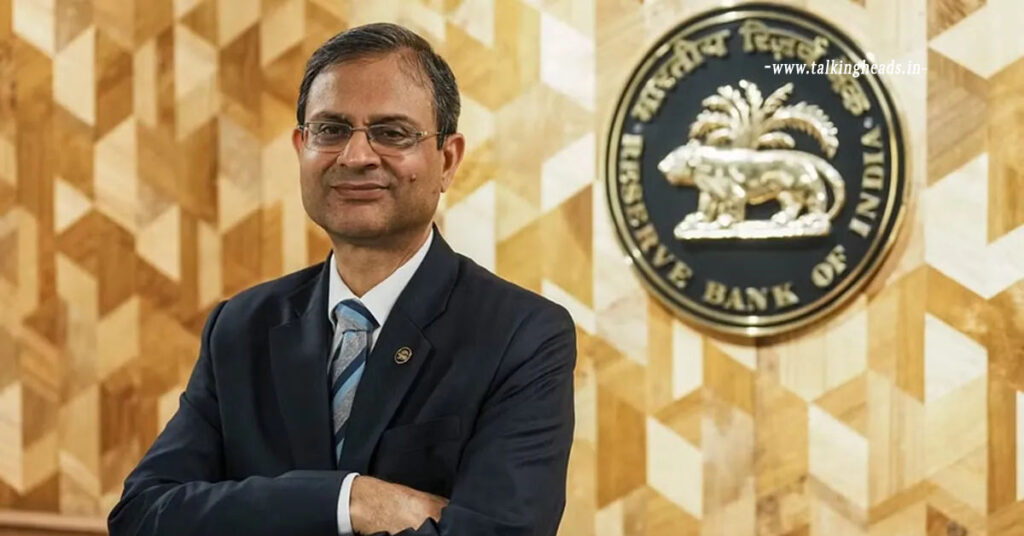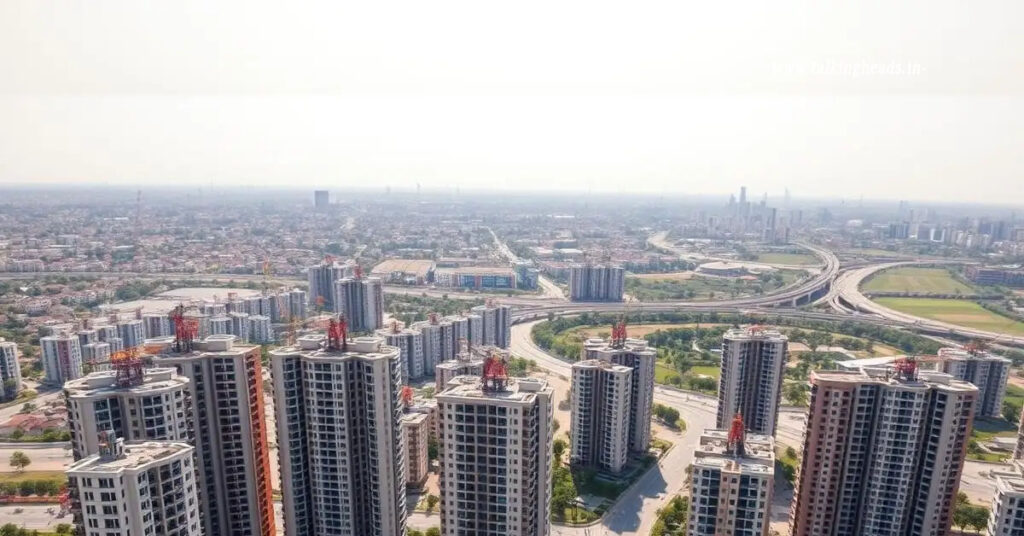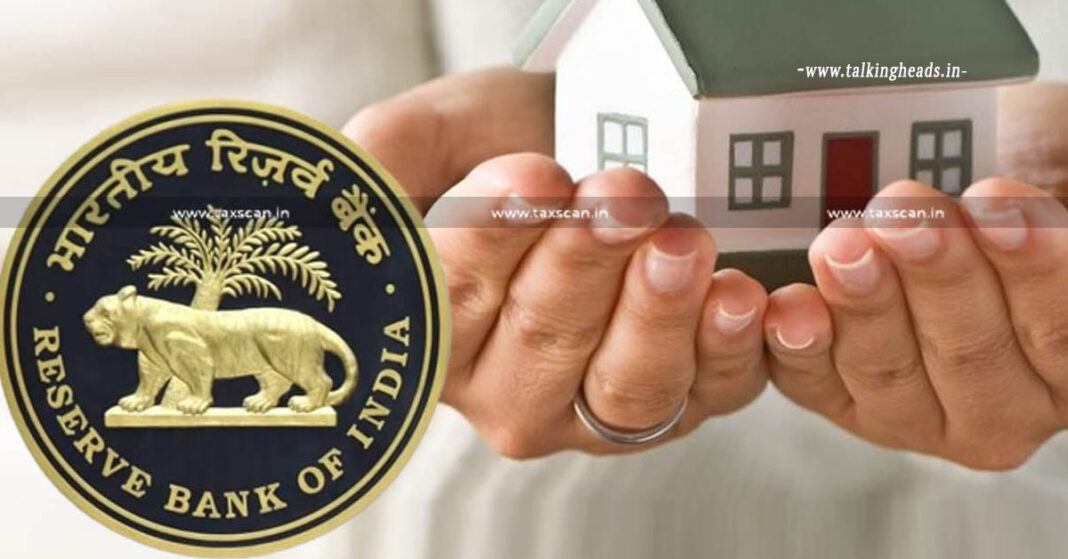Home Loans: RBI Slashes Repo Rate to 5.50%, Paving Way for Cheaper Loans
Table of Contents
Home Loans: In a significant move to stimulate economic growth and ease borrowing costs, the Reserve Bank of India (RBI) has reduced the repo rate by 0.50%, bringing it down from 6.00% to 5.50%. The decision was announced by RBI Governor Sanjay Malhotra on June 6, following the three-day meeting of the Monetary Policy Committee (MPC), which took place from June 4 to June 6. A cut in this rate usually leads to lower interest rates on loans for consumers, provided banks pass on the benefit.
Home Loans: Lower EMIs and Significant Savings for Home Loan Borrowers
This rate reduction could translate into major financial relief for borrowers. For instance, someone repaying a ₹20 lakh home loan over 20 years could save approximately ₹1.48 lakh in total interest. A ₹30 lakh loan over the same tenure would mean savings of up to ₹2.22 lakh. Both new and existing borrowers stand to benefit as banks typically revise their lending rates after such repo rate adjustments.

Home Loans: RBI Cuts Rates for the Third Time in 2025, Totaling a 1% Reduction
In February, the RBI reduced the repo rate from 6.5% to 6.25%. It followed up with another 0.25% reduction in April. With this fresh 0.50% cut, the central bank has now slashed rates by a cumulative 1% this year. The consistent rate cuts reflect the RBI’s focus on supporting credit growth and boosting consumer demand in a recovering economy.
Lower Interest Rates Expected to Boost Real Estate and Auto Sectors
With repo rates coming down, banks are likely to reduce interest rates on housing and auto loans. This is expected to spur demand in the real estate sector, encouraging more people to invest in homes and properties. A spike in home loan disbursements could provide a much-needed boost to the construction and housing markets, both of which are key contributors to employment and economic activity.

CRR Cut Injects ₹2.5 Lakh Crore Into Financial System
In another bold step, the RBI has also reduced the Cash Reserve Ratio (CRR) by 1%, lowering it from 4.00% to 3.00%. This move is expected to infuse nearly ₹2.5 lakh crore into the banking system. CRR is the percentage of total deposits that banks are required to keep with the RBI. A reduction in CRR frees up more capital for banks to lend, increasing overall liquidity in the market.
According to Governor Malhotra, this liquidity injection aims to ensure ample credit availability across sectors, including small businesses, retail loans, and infrastructure financing.
The central bank has also revised its inflation forecast downward, citing stable food prices and global crude oil trends. However, it has kept its GDP growth forecast unchanged, indicating confidence in the resilience of the Indian economy. By keeping the focus on both inflation control and growth momentum, the RBI aims to strike a balanced monetary stance.
Reduced lending rates encourage consumer spending and investment by lowering the cost of borrowing. Conversely, during high inflation periods, the RBI increases repo rates to curb excessive money flow in the economy.
Monetary Policy Committee’s Role and Schedule
The Monetary Policy Committee (MPC) is a six-member panel, comprising three RBI officials and three members appointed by the central government. The committee meets every two months to assess the macroeconomic situation and decide on key policy rates.
The first one took place between April 7 and April 9, with subsequent meetings planned throughout the year to ensure close monitoring of inflation and growth trends.
A Welcome Relief for Borrowers Amid Economic Recovery
The 0.50% cut in the repo rate, along with a significant reduction in CRR, reflects the RBI’s strong intent to support economic recovery and improve credit flow. With loan interest rates poised to fall, consumers can expect relief in EMIs, making it an opportune time for home buyers, auto buyers, and businesses seeking capital.
If banks pass on these benefits swiftly, the average Indian household could see meaningful financial savings and improved access to credit—fueling growth across several sectors of the economy.










